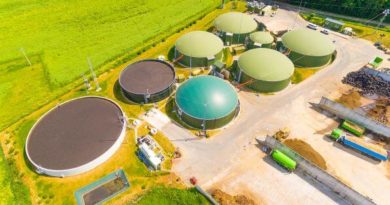How Much Damage Will the Andhra PPA Situation Cause to the Solar Industry ?
 Not Really A Deal, If It Is Andhra Pradesh
Not Really A Deal, If It Is Andhra Pradesh
The Andhra Pradesh Power Purchase Agreements (PPA) mess continues to get curiouser. After some clumsy damage to the prospects of existing and future solar projects with the unilateral decision to relook PPA’s, the state government’s latest missive to Solar Energy Corporation of India (SECI) and National Thermal Power Corporation (NTPC) ups the stakes further.
The Andhra Pradesh state Discom has now written to the central agency and the power PSU respectively to reduce the tariffs on almost 1650 MW of projects allotted in 2016 retrospectively, to a level of Rs 2.44, the lowest tariff discovered in subsequent auctions. Not only does the move smack of political brinkmanship, but it is also likely to hurt an even wider swathe of the industry now.
While the PPA ‘renegotiation’ has already caused the ratings agency to downgrade some project in the state for now, the latest move seemingly puts even projects under execution at risk. For, in its letter to the central entities, the state government has made it clear that the high rates are a reason for the state Discom being unable to clear payments, a clear case of ‘take it or leave it’, or arm twisting, depending on where you see these actions from.
As of now, the letter targets two specific solar parks: Anantpur for 250 MW and Kurnool for 1000 MW where agreed tariffs have been much higher, as they were in most parts of the country around the same time. In the range of Rs 4.50 to Rs 5.50 per unit, tariffs only started sliding a few months after these projects were closed, going all the way down to Rs 2.44 by 2017-18 in the Bhadla Solar park. The firms impacted by this sparring between the state and the centre are Acme Solar, Azure Power, Tata BP Solar and FRV Solar, among a few others.
Many see it as unfair for a state with 23,000 MW of installed capacity to pick on the last 5 percent. They see the unfairness of taking the lowest price ever discovered as the benchmark for paying all solar power developers, retrospectively. For truth be told, if the Andhra Government was to conduct an auction for the same projects again, they will be lucky to get a power tariff of anything under Rs 3, if at all.
For a state that in recent years has been in the thick of skirmishes with the centre for more funds, to use the renewables sector as a convenient scapegoat might make sense for the limited collateral loss it will cause, but the damage it does to India’s own reputation as a market where signed contracts with the government are supreme, is incalculable.
The onus is now on the central government to move to resolve the issue in a way that gives the Andhra state government an escape route from its tall promises of delivering lower cost deals on old agreements. It’s a slippery slope that many other state governments, and the full utility scale renewables sector in India and the world, are watching with great interest.




